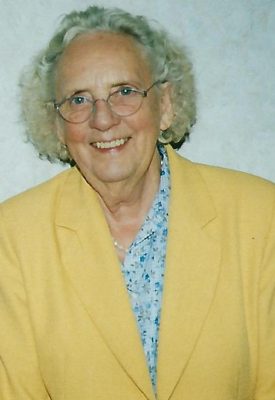The Principles of Active Learning

The Active Learning approach emphasizes that all individuals learn best by active participation. All activity, especially in the earliest stages of development, actually “wires our brains” and establishes critical foundational concepts and skills necessary for all future learning.
Individuals with multiple disabilities (cerebral palsy, visual impairment, cognitive impairment, autism, hearing loss, etc.) are at great risk from developing reliance on others to interact with the world around them. They learn to be a passive rather than active participant, waiting for adults to provide activity rather than seeking it out on their own. Children and adults with special needs often develop stereotypical or aggressive behaviors in order to communicate with others or cope within the environments in which they are placed. Active Learning recognizes that every child/adult with special needs is unique. The programming and intervention for facilitating learning must reflect this individuality.
Active Learning emphasizes creating a developmentally appropriate and enriched environment so that children and adults with multiple special needs become active learners. This website is dedicated to helping professionals and parents understand the theories of Active Learning, to facilitate simple ways to change the environment, and to create programming that fosters independent and appropriate developmental learning.
Patty Obrzut Introduction
Description: Introduction to Active Learning techniques, by Patty Obrzut, Assistant Director of Penrickton Center for Blind Children.
Background
Active Learning is an educational approach developed by Dr. Lilli Nielsen, Ph.D. (1926-2013). As a developmental psychologist and preschool teacher, Dr. Nielsen worked for over 43 years with children and adults with multiple disabilities. She was a special educator and advisor at Refsnaesskolen, the National Institute for Blind and Partially Sighted Children and Youth in Denmark. She was the second of seven children, four of whom were born blind. Her experiences both professionally and personally led to her lifetime of work with blind children and adults with multiple special needs.
Internationally recognized for her theory of Active Learning, Dr. Nielsen authored several books and essays, conducted research, lectured around the world, and developed an assessment and curriculum for individuals with multiple disabilities. She invented perceptual aides and equipment that promote skill development, and was awarded the Knight Order of the Dannebrog for her lifetime of work in the field of special education.

Dr. Nielsen’s Active Learning approach addresses the breakdowns that can occur at the earliest stages of development due to an individual’s inability to access the world because of disabilities including visual impairment, cerebral palsy, cognitive disabilities, hearing loss, autism and other disabilities.

